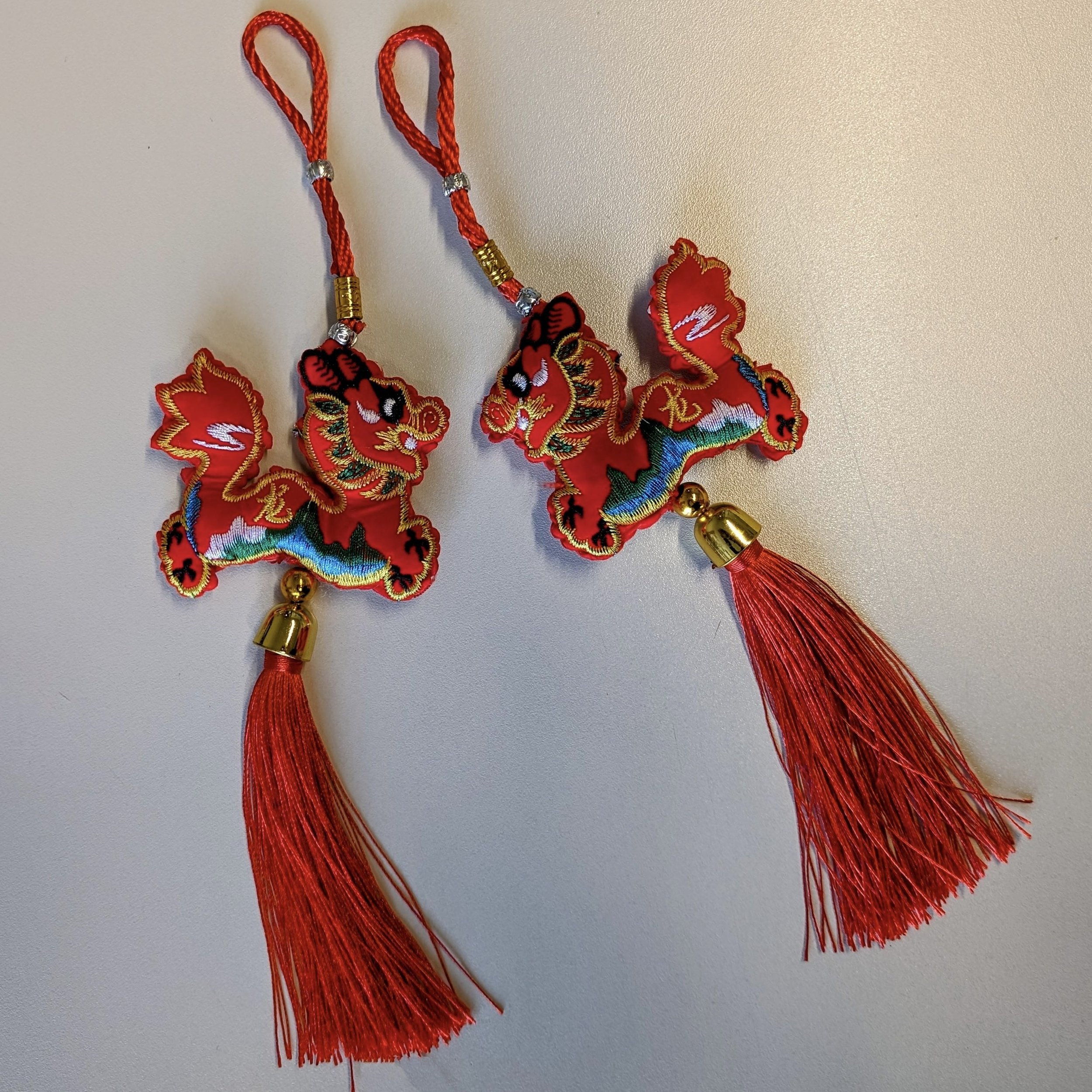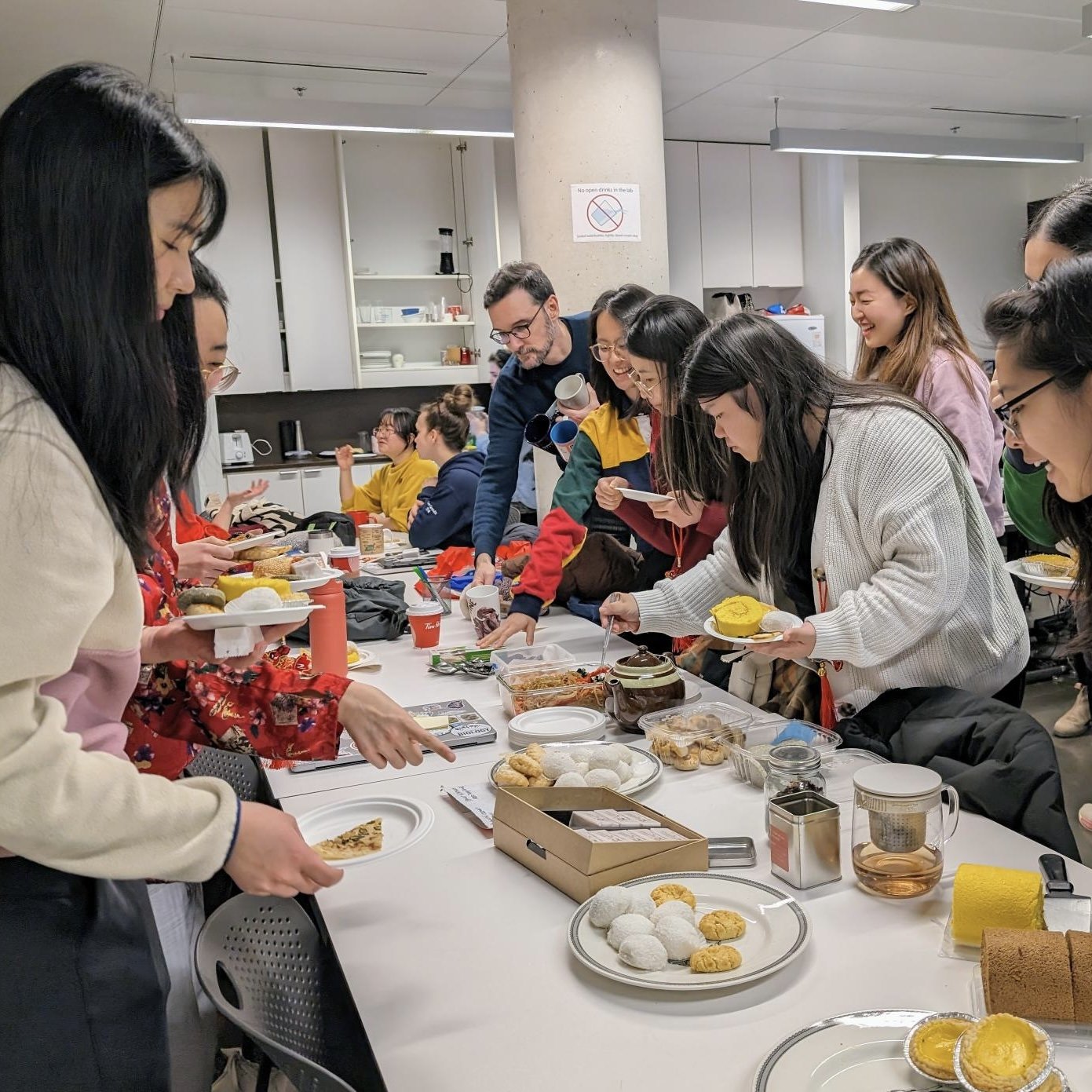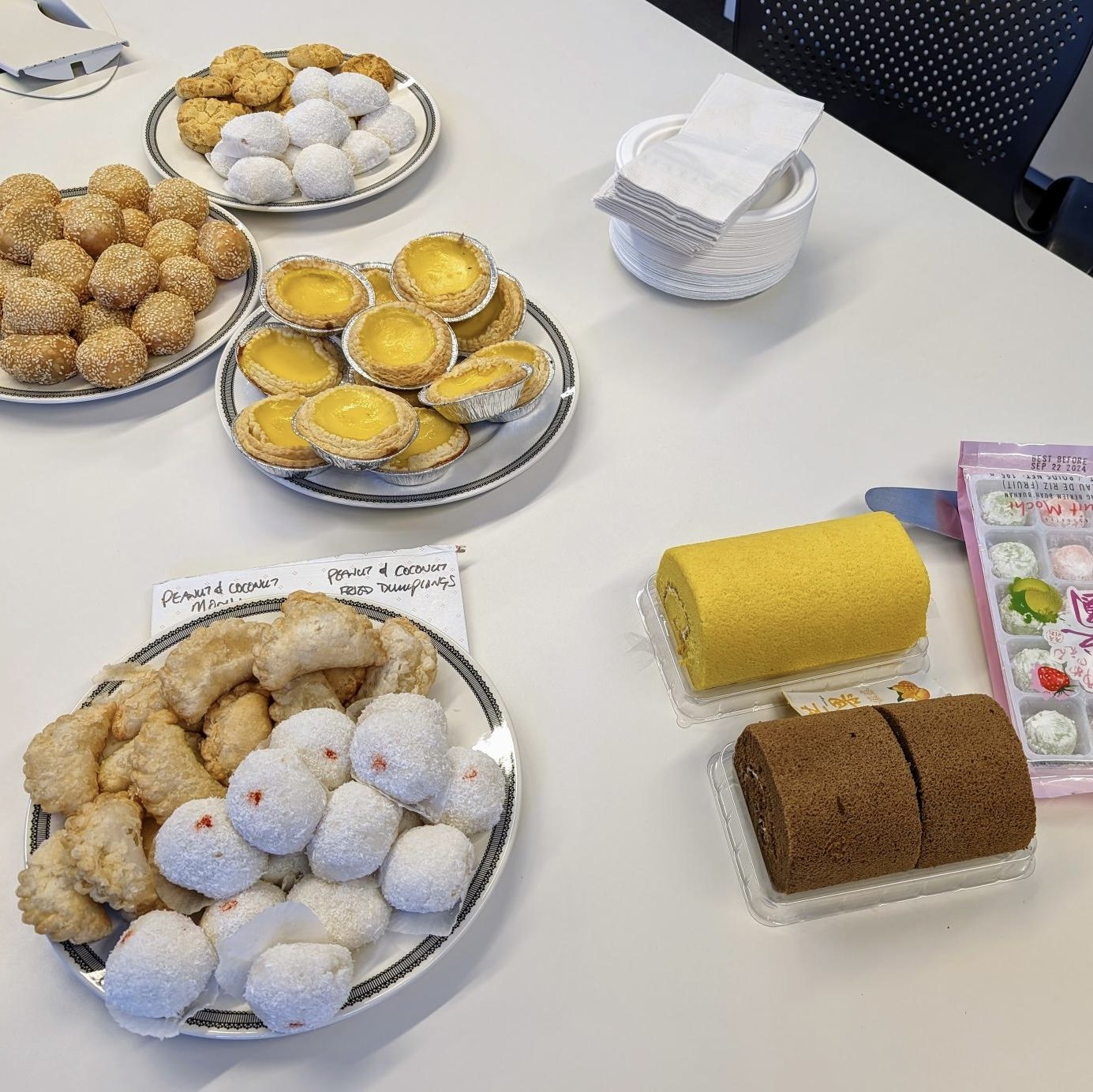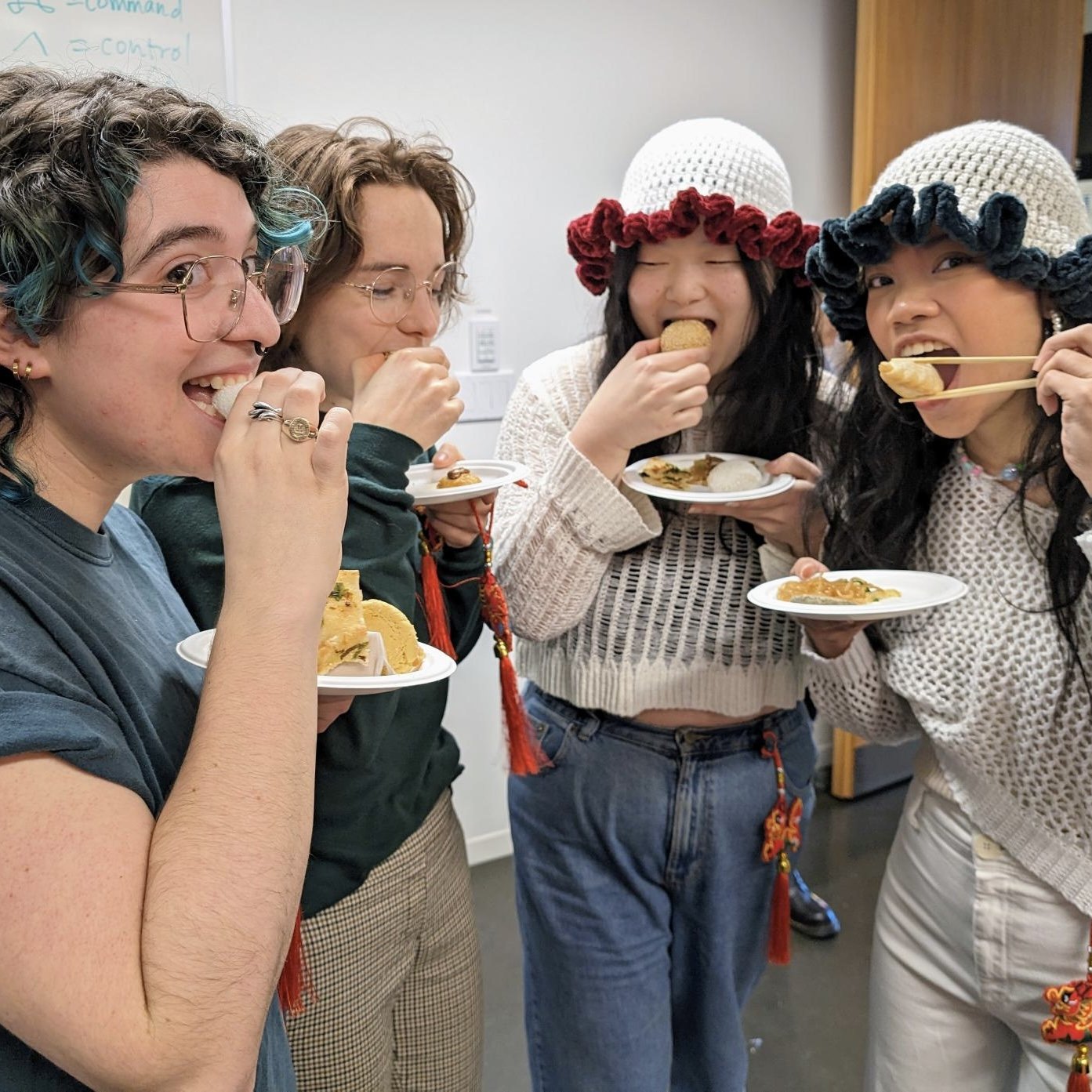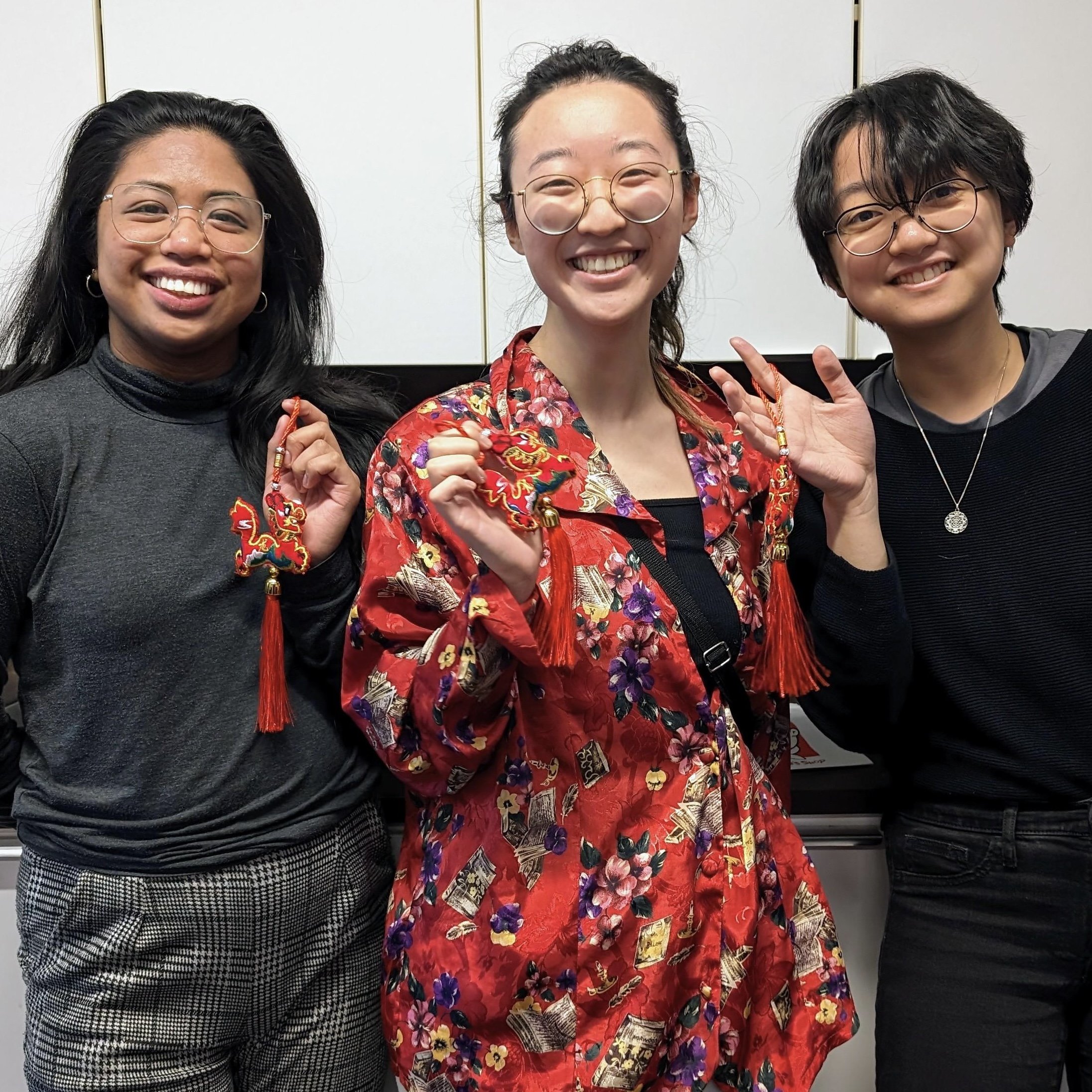Assabgui surveyed the forensic anthropology students. Her results showed that students were perplexed by the three-dimensional relationships of bone across different scales, and that they lacked access to real bone material for practical analysis. She found that there were no supplemental learning resources available and no dedicated laboratory component where students could examine bone material.
She developed Bone Bio so students could interact, at their own pace, with 3D models of bony structures, tissue types and multi-layered structures of bone at different levels of magnification. She divided the content into three sections: bone macrostructure, microstructure and histology. Assabgui incorporated unique animated transitions to link the different sections and foster a better understanding of the relationship of structures at different scales.
"Understanding where smaller structures are located within larger ones can be difficult for students to understand and visualize, so Bone Bio shows these relationships by using short animations as they navigate between different magnification levels," says Assabgui.
Also, the learning application is not exclusive to forensic anthropology. "Bone Bio could be used in any undergraduate anatomy and histology courses," says Marc Dryer, Biomedical Communications associate professor, teaching stream, and Assabgui’s academic supervisor.
Students can search for specific terms or examine structures that operate at a particular histological level. “They can quiz themselves or simply explore the content. The list of terms allows them to confirm that they have reviewed everything they need to know," Rogers says.
At the end of each section, students can compare a practical view to a simplified visual representation to help prepare them for what they would see in the field. Bone Bio is also accompanied by a physical worksheet where students can test their understanding of bone biology as they use the tool.
“Bone Bio is an exceptional tool for science communication. It seamlessly blends deep technical creativity with attention to the needs of its intended audience, and the complexity of the subject matter,” says Dryer. “More than simply teaching, this tool provides the means for students to engage with learning in an active way, and to advance their understanding through purposeful investigation."
In Fall 2022, Bone Bio was introduced into the third-year forensic anthropology human osteology course.
"Students found Bone Bio incredibly helpful as they navigated the basics of bone biology. The interface provides multiple ways to access information, which allows students to make connections between cells and structures in a manner that is meaningful to them and suits their learning style. We will be using Bone Bio again this year, and plan on using it in the future," says Rogers.
"I'm incredibly happy and excited to see that students are now actively using Bone Bio to help them understand and visualize this challenging topic," says Assabgui.
She sends thanks to her scientific advisor Tracy Rogers, her primary supervisor Marc Dryer, and secondary supervisor Michael Corrin, Biomedical Communications associate professor, teaching stream, for their support and guidance throughout the creation of Bone Bio.
"I would also like to thank the Department of Anthropology at UTM for funding this project," says Assabgui, who is now a freelance biomedical illustrator and designer based in Seattle, Washington.
~
Web sites referenced.
Bone Bio https://vimeo.com/762754522
Amy Assabgui’s online portfolio https://www.amyassabgui.com/
Tracy Rogers’ research profile https://discover.research.utoronto.ca/4499-tracy-rogers
Master of Science in Biomedical Communications web site https://bmc.med.utoronto.ca/
Marc Dryer’s faculty profile https://bmc.med.utoronto.ca/faculty-staff/#dryer
AMI 2023 Award Recipients https://uoft.me/AMIAWARDS-2023
Department of Anthropology web site https://www.utm.utoronto.ca/anthropology/


